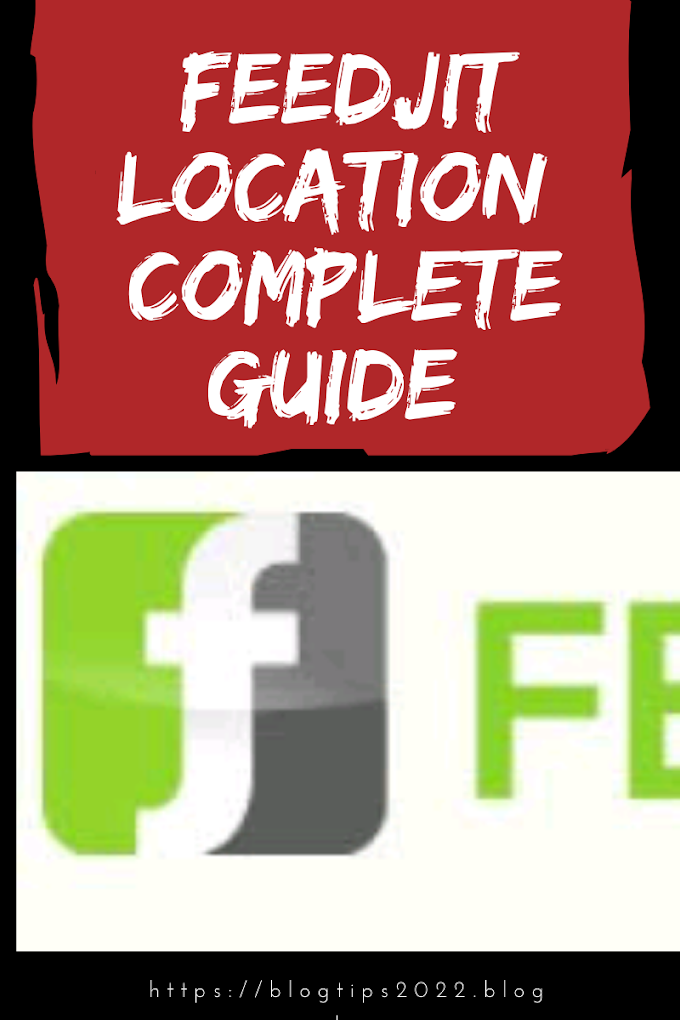How to make a blog for free and earn money
 |
| How to make a blog for free and earn money |
One of the major reasons for starting a blog in the first place is to earn an income from your efforts. The amount you want to make is entirely up to you, and at the very least your income should cover domain, hosting and autoresponder expenses.
Possibly the biggest misconception about blogging is that you will earn a lot of money from the outset. It takes time to build traffic to your blog, and your income will grow accordingly. You don’t have to earn all your income from the blog itself, if you promote your newsletter from your blog a fair percentage of your income will be made from promotions you send out to your subscribers.
There is an ongoing argument amongst bloggers about whether advertising will stop people from returning to your blog or from leaving comments. People who act this way are not the sort of visitors you want to attract to your blog in the first place. If your blog is already established and you don’t use any sort of advertising, you probably will lose a few readers when you start displaying advertisements, but most people will understand that blogging costs money and they will accept the change.
That said, a blog which is plastered with ads is not going to be popular. The ads you display should be relevant and fairly inconspicuous. Big flashing banners are distracting and make it obvious that you’re in it for the money…
Many successful bloggers also use a donation system where a reader can send a small cash donation in response to a useful blog post. Most successful bloggers will tell you “don’t be scared to ask for money”, but they admit the income from donations is small in comparison to their normal advertising. It all ads up, and you should use as many blog monetization techniques as you can. Here are a few ideas to get you going:
1) Display Adsense ads in your posts by using the Adsense Deluxe plugin. This plugin allows you to place any kind of Adsense ad where ever you want it to appear. All that is required is a small piece of code which you enter into your post where you want the ads to appear. You can also set it up so no ads are displayed on the index page, but will appear in individual posts.
Positioning of your Adsense ads is important! The most viewed part of a webpage is the upper left hand corner; consider placing a blended Adsense block in the upper left hand corner of indivual blogs posts just under the post headline. Another place to consider adding an Adsense block is at the bottom of each individual post.
The ultimate position for placing Adsense ads can only be found by testing various positions on your blog and going with the highest earning configuration.
2) Display banners in your header or sidebar. To display banners, you will have to enter the banner html code into your header or sidebar template. It is worth noting that banner blindness can make the use of banners fairly ineffective, most people have become so familiar with banners that they “tune them out” and often won’t even notice them.
From a blog monetization point of view, it is worth remembering that once your blog traffic increases you will be able to sell space on your blog to other advertisers and allow them to display their banners.
3) Add a PayPal donation button to your blog sidebar by using the PayPal Donate plugin by Ahmad Faridzun Misron (eJone). The plugin has a configuration page where you can edit your PayPal details and the text to use with the button.
An advanced option is to create a page specifically for donations. A good example of this is http://www.stevepavlina.com/donate.htm – Please make sure you are offering worthwhile advice and are genuinely helping people through your blog posts before asking for donations.
4) Use affiliate text links for the products you promote through your blog posts. Don’t use your actual affiliate links in the posts, use a cloaked link or a redirect hosted on your blog which points to your affiliate link. The reason for this is if the product you are promoting is ever withdrawn, you can simply change the affiliate link in your redirect without having to change all the links in your posts.
The most effective way to include an affiliate product into a blog post is to introduce it as an effective way to accomplish some desired result. For example you could promote the Aweber autoresponder in a post explaining how your reader can increase traffic to their website by offering a free email information series. You could also add a few examples of how to use the service, or explain how to set up an effective optin form.
No matter how you include affiliate links into a blog post, always make sure you own the product or currently use the service. Your post will carry more weight because you can speak from personal experience; you know what the product can and cannot do. By explaining the pros and cons you will be providing an essential service to your reader which will help build your credibility.
5) Advertise ebooks, audios, videos etc. in your blog sidebar using a good graphic and a brief benefit laden description. These could be either your own products or affiliate products. Alternatively you could create separate pages in which you write product reviews (include the graphic in the review) – by default, pages are listed in their own menu by WordPress and will always be visible in your blog sidebar. A review published as a normal post will soon get buried by your regular posting.














